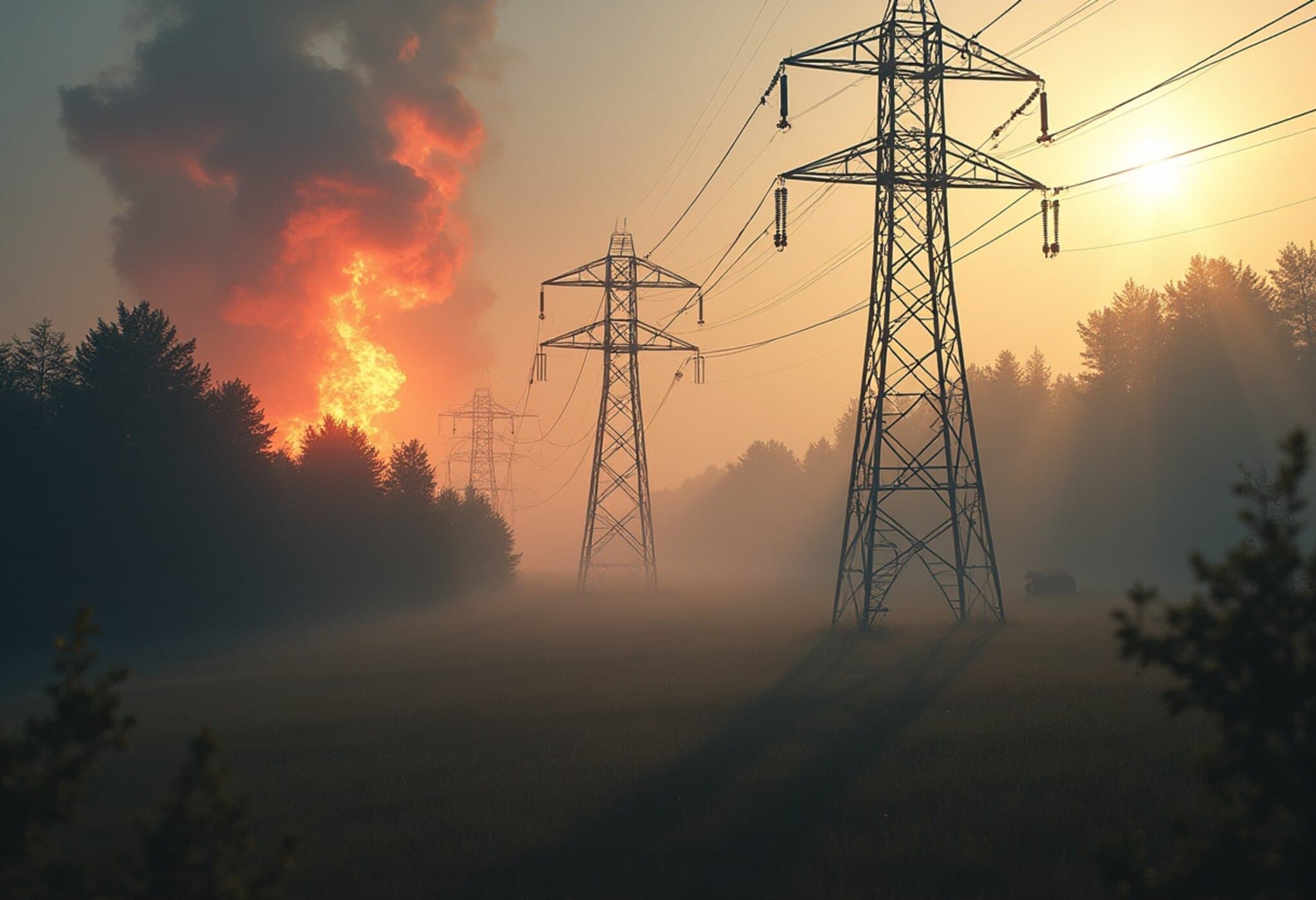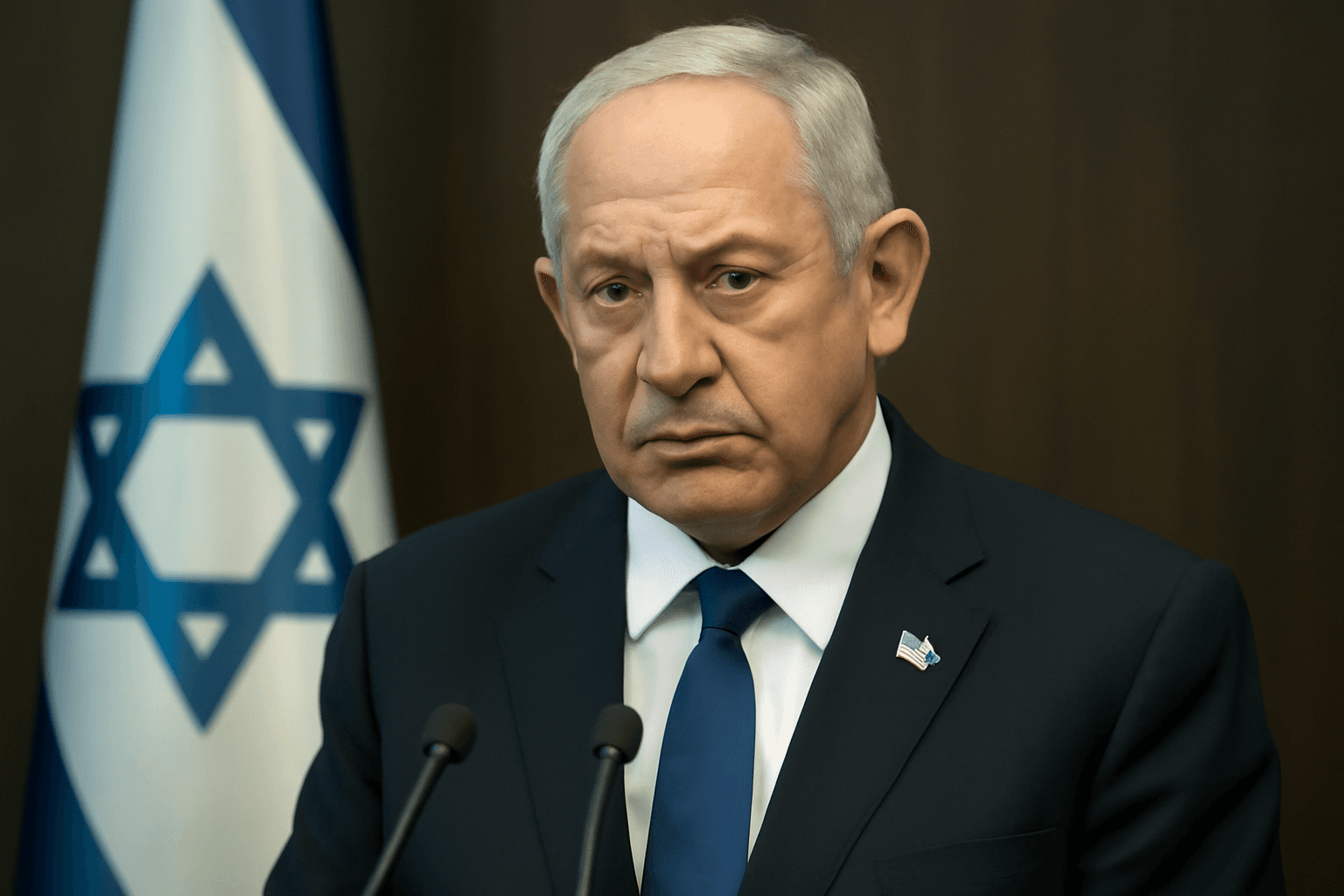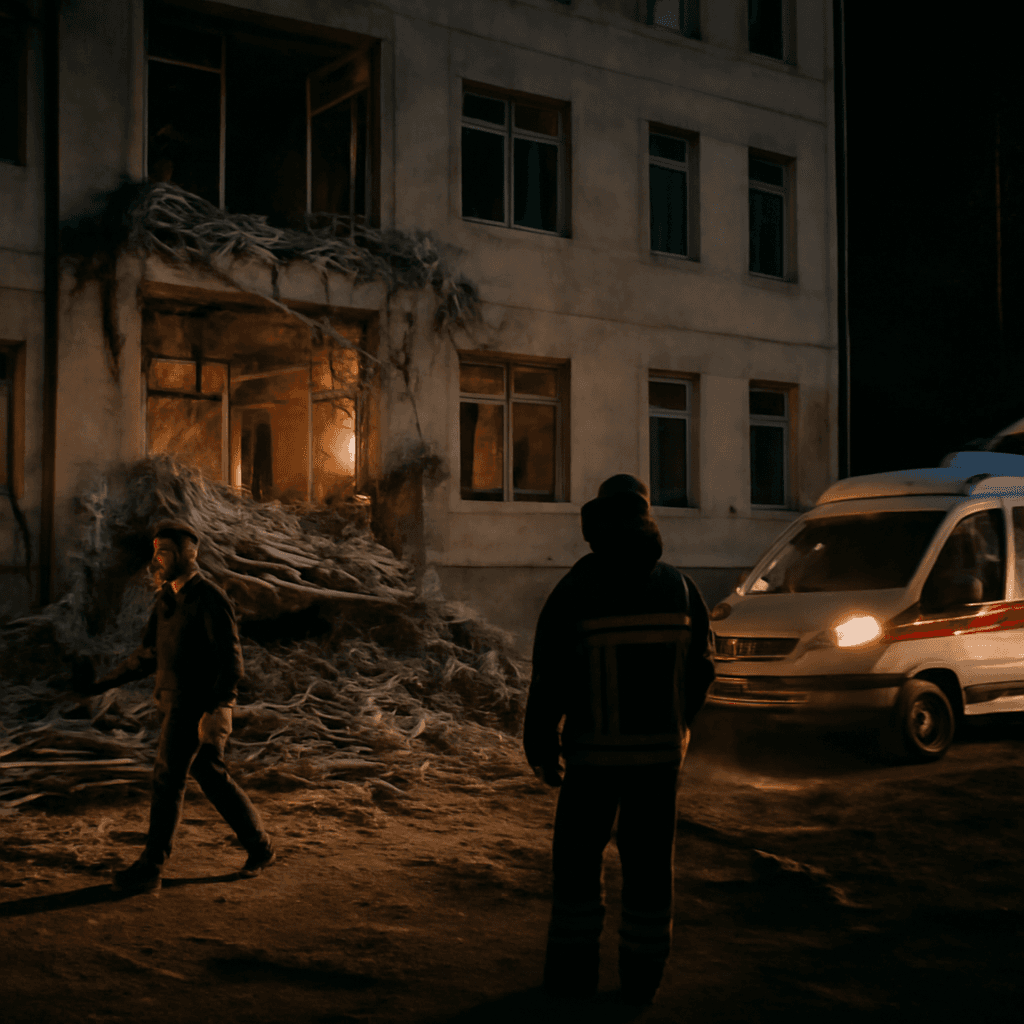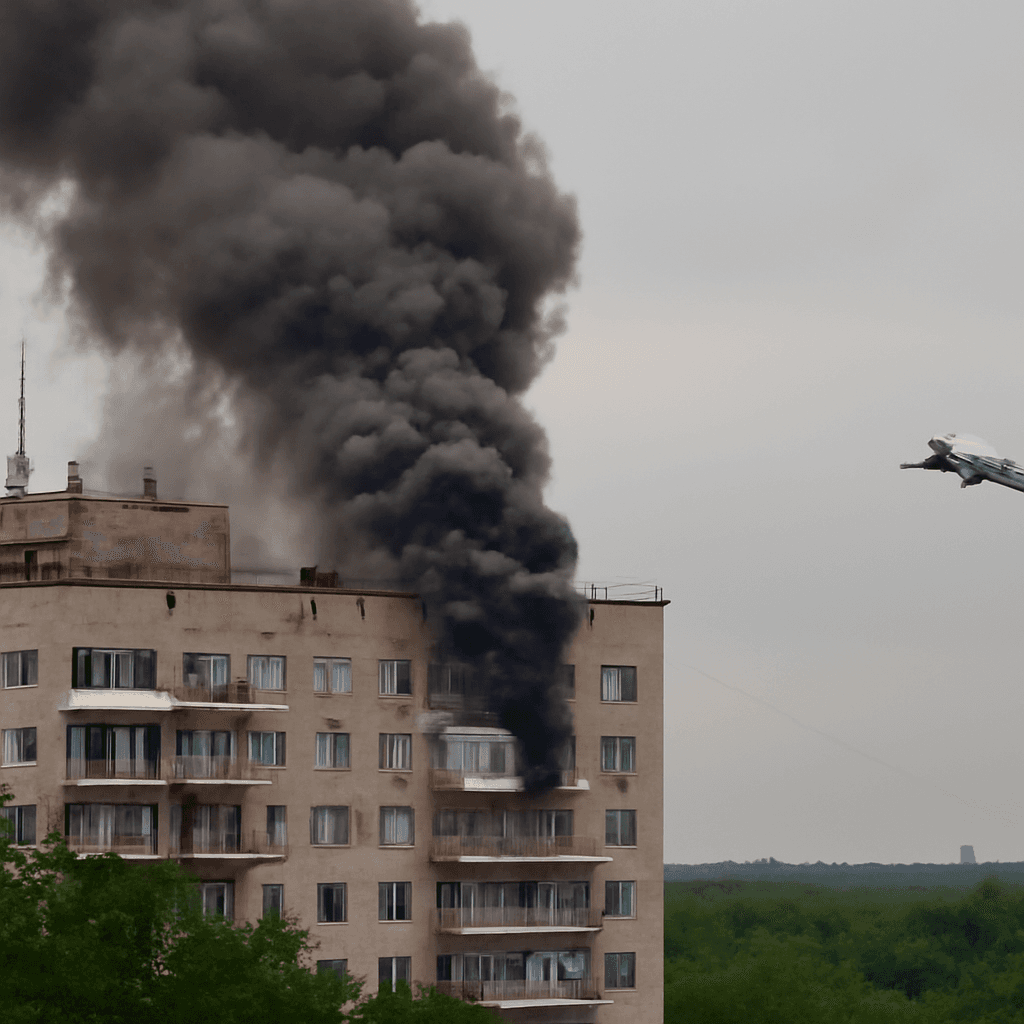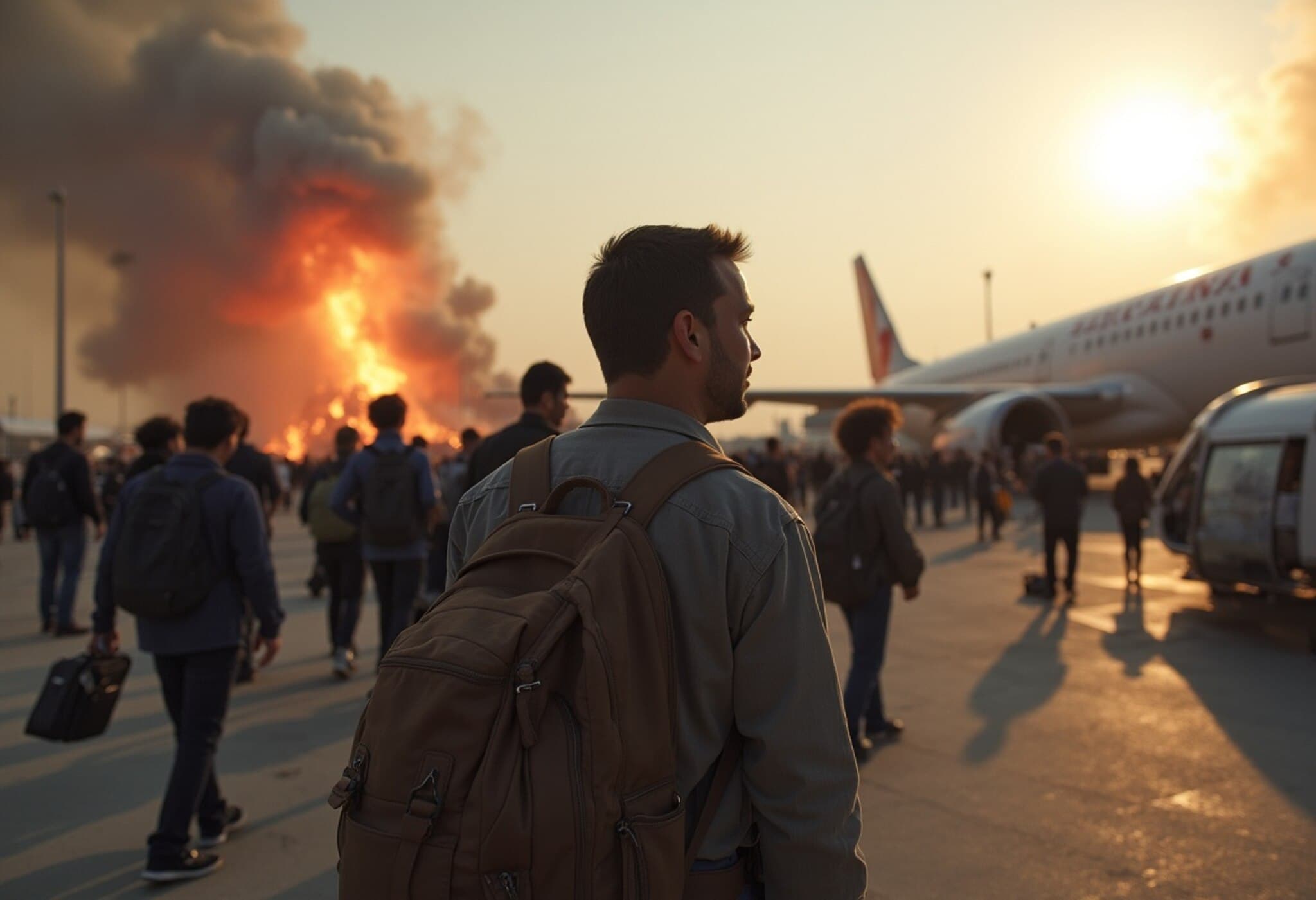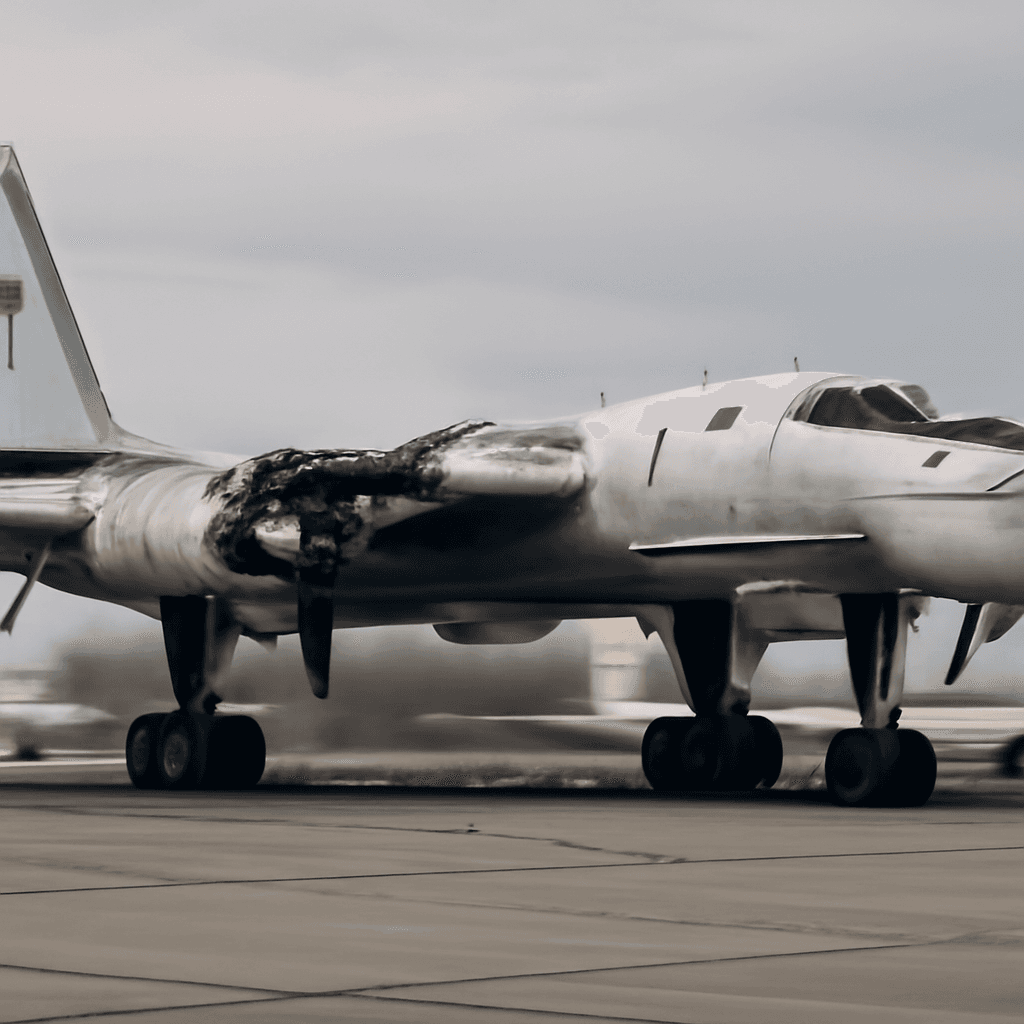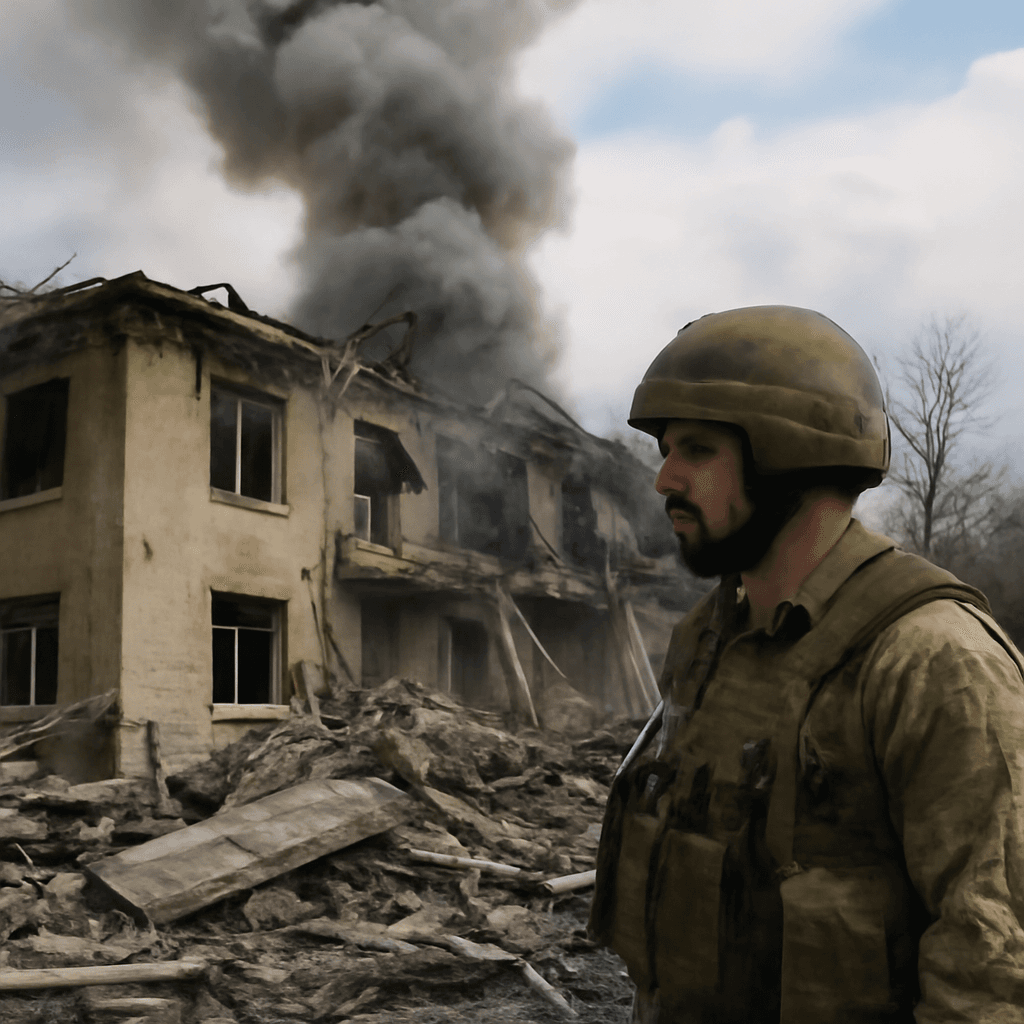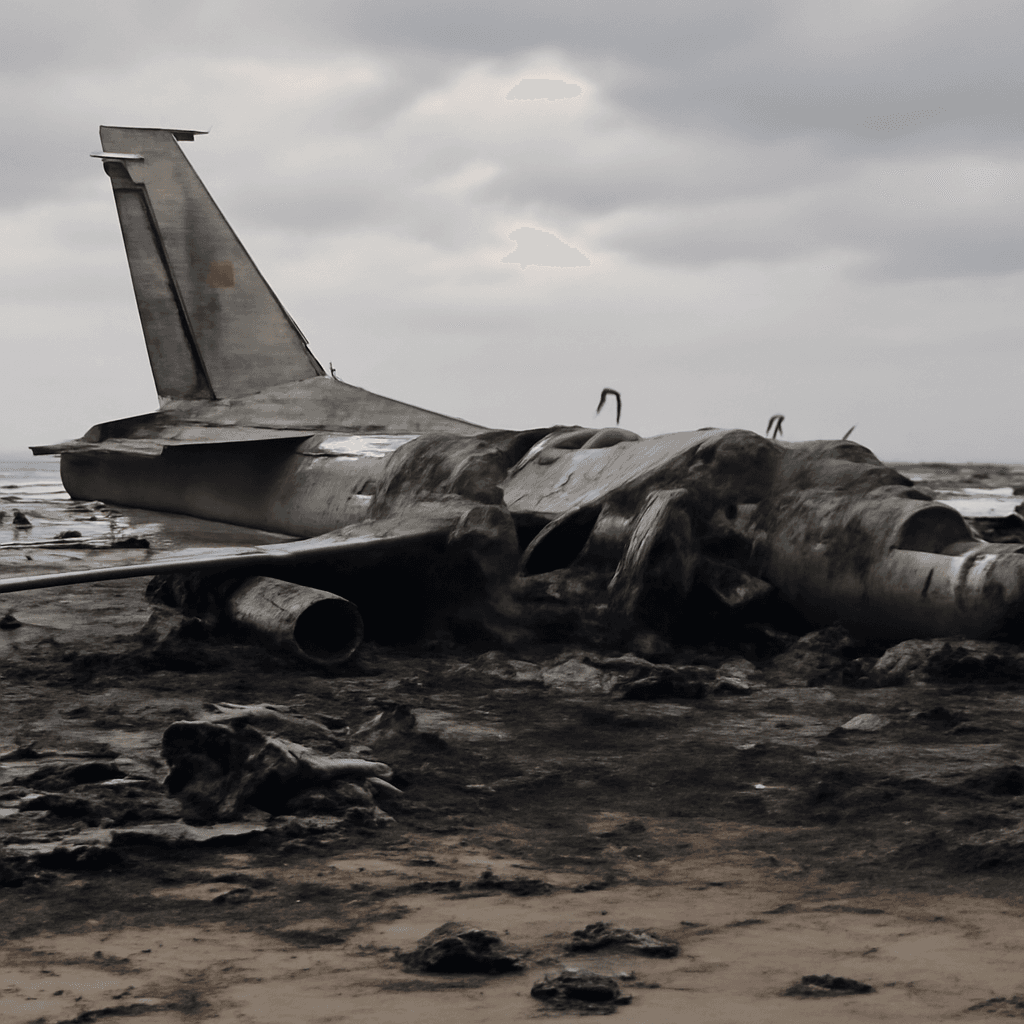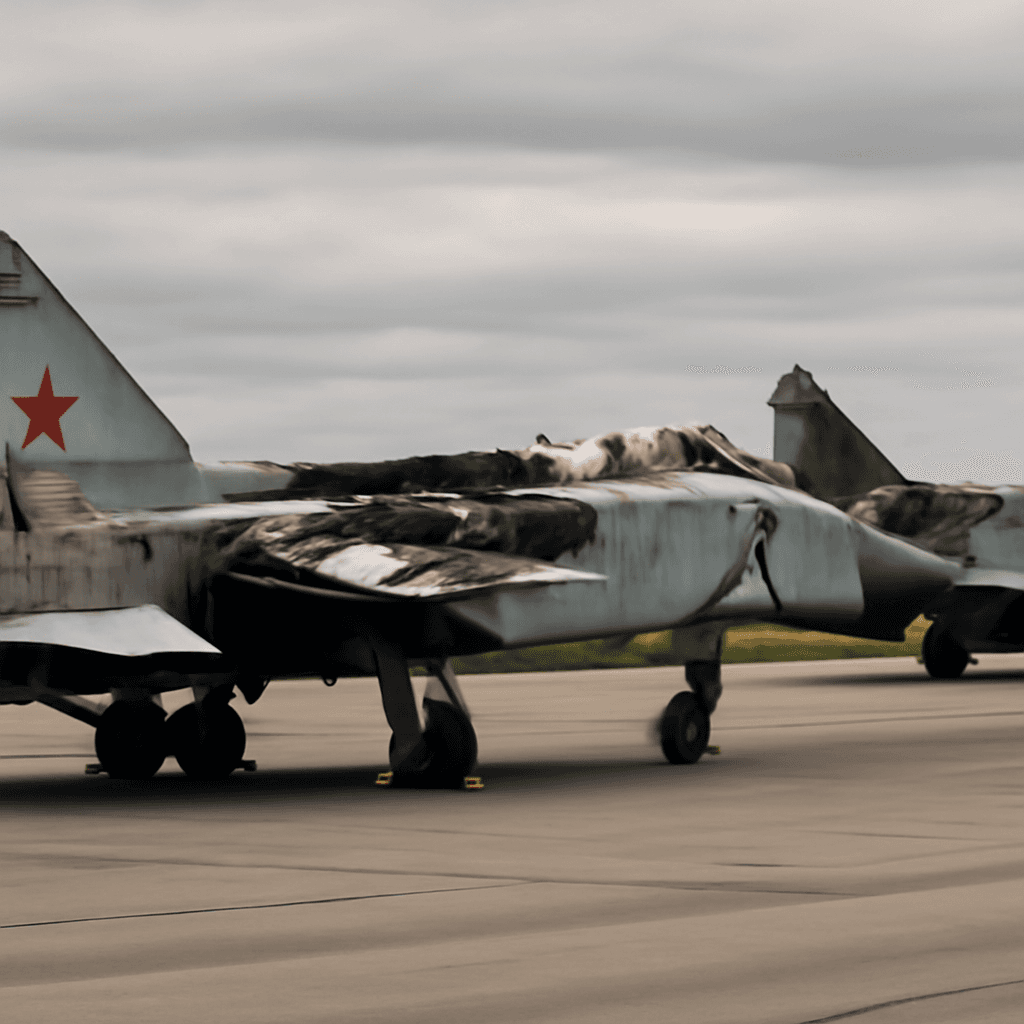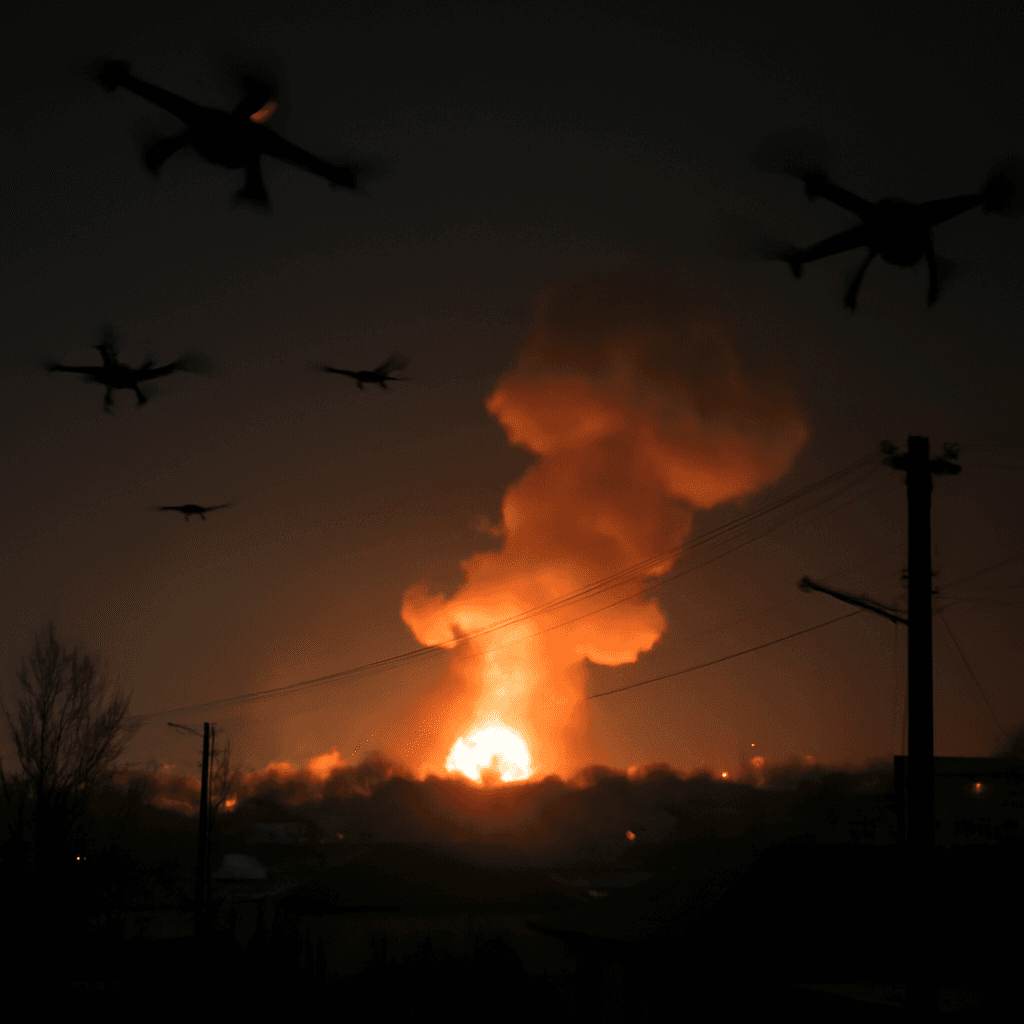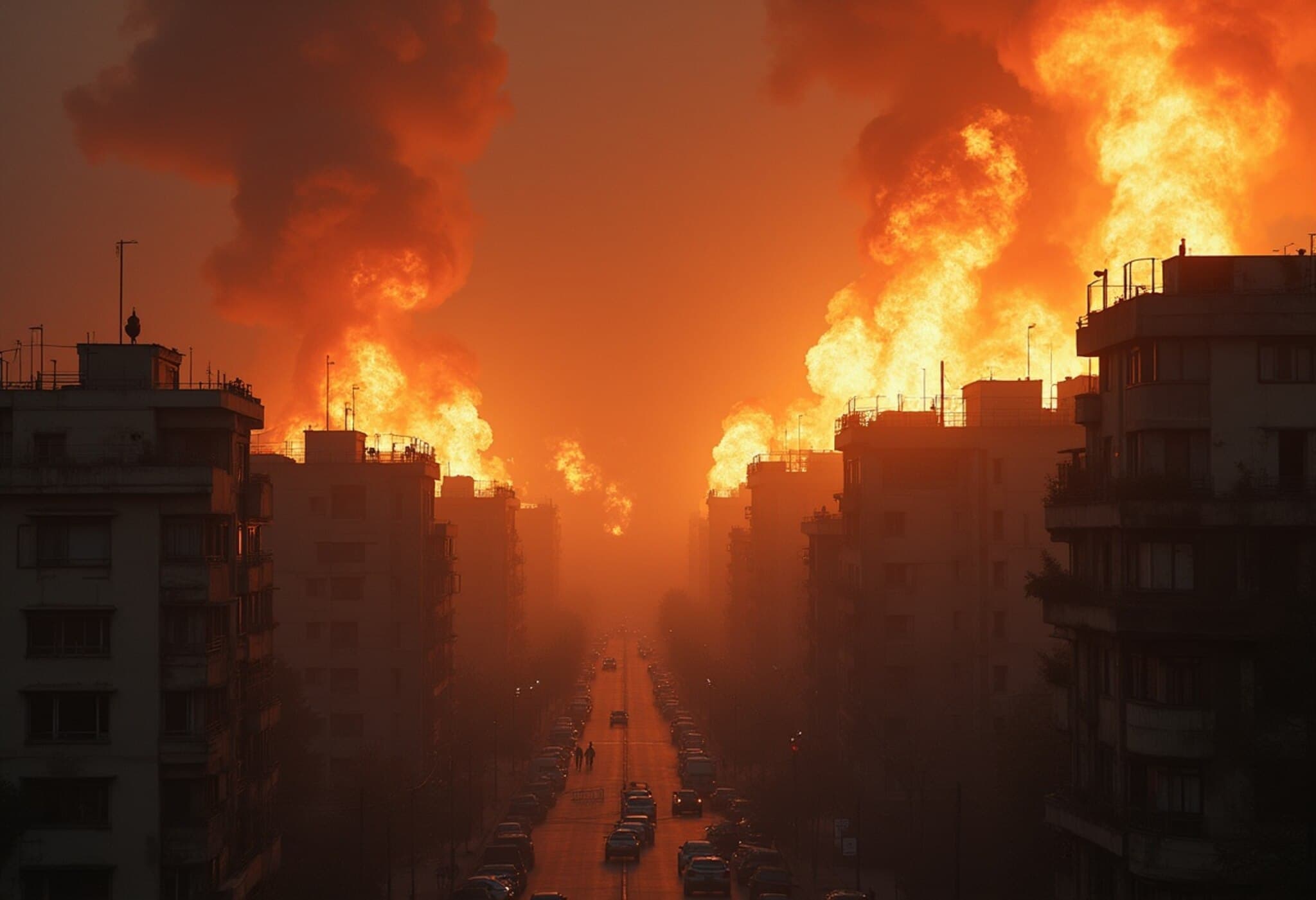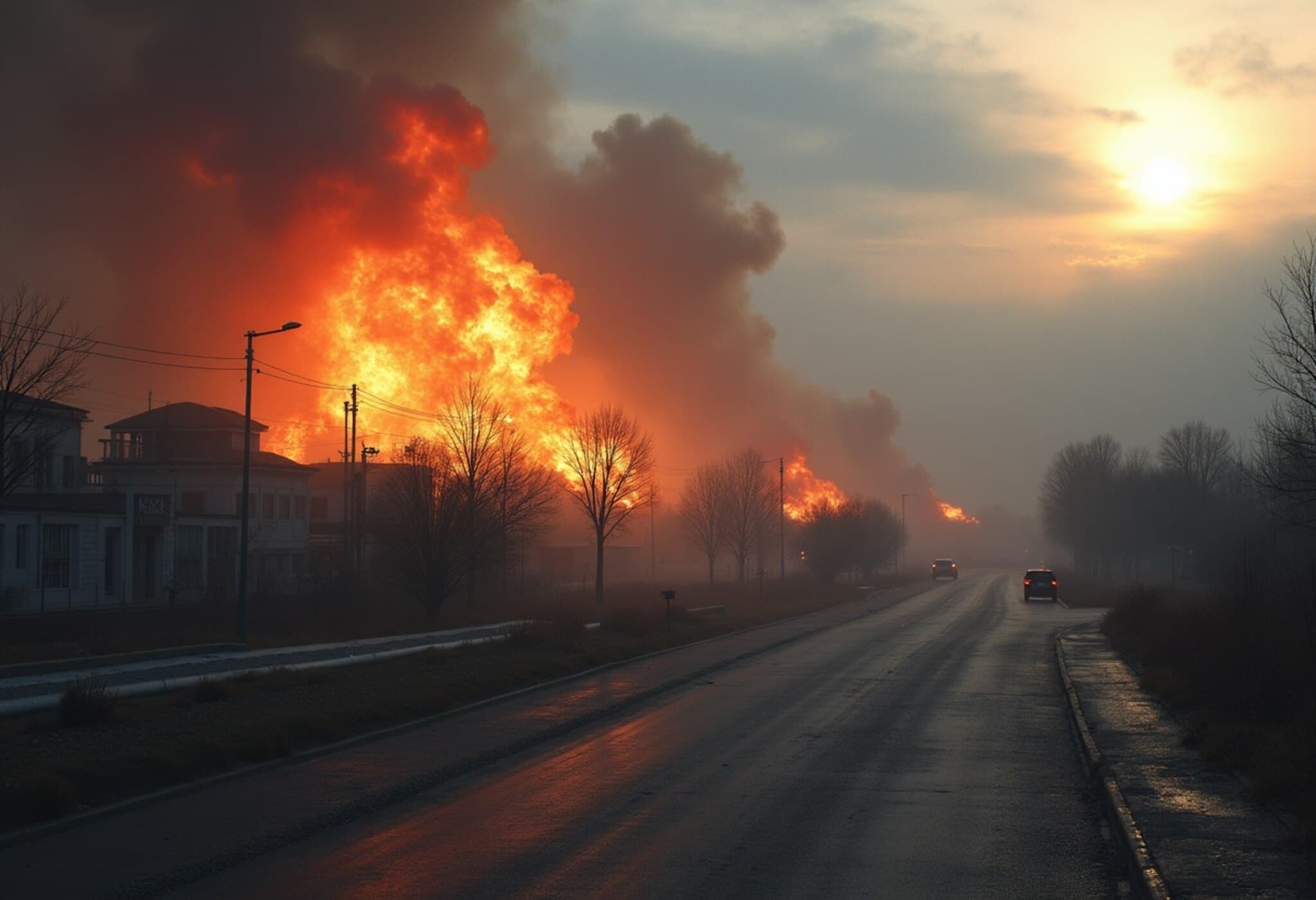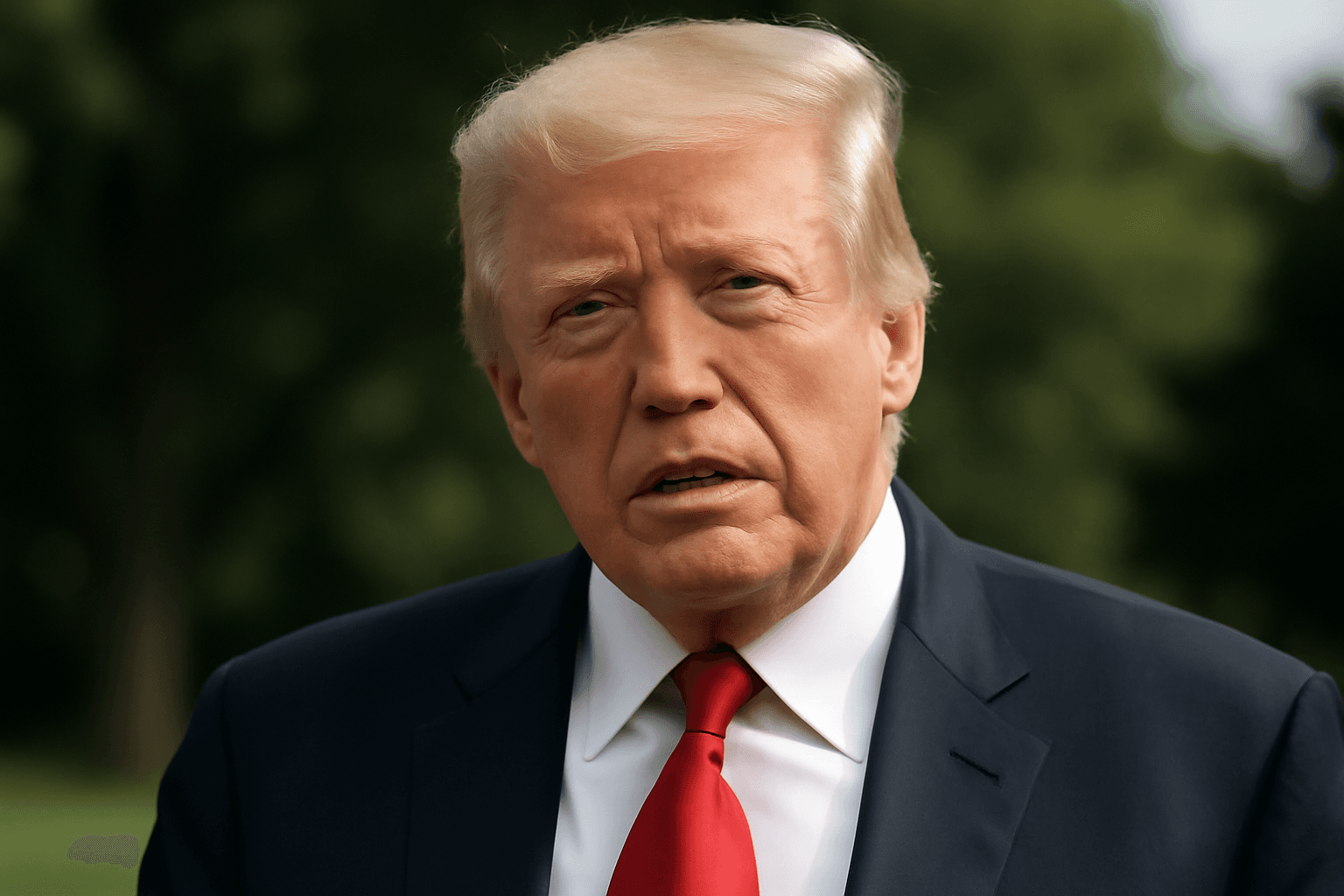Ukrainian Drone Attacks Disrupt Power in Russian-Controlled Zaporizhzhia Region
In the early hours of August 20, 2025, a strategic Ukrainian drone strike successfully incapacitated electricity infrastructure within several areas held by Russian forces in Ukraine's southeastern Zaporizhzhia region. This marks the latest in Kyiv’s ongoing campaign to undermine Russian operations in contested zones.
Power Outages and Tactical Implications
Moscow-backed Governor Yevgeny Balitsky reported via Telegram that the blackout resulted from a deliberate drone assault targeting high-voltage transmission equipment. Efforts to restore power are underway, but officials face significant challenges due to the risk of recurring drone strikes and limited visibility during nighttime.
“The situation complicates restoration, as the threat of renewed attacks persists,” Balitsky noted, highlighting the dual tactical and humanitarian impacts such disruptions cause.
The Strategic Landscape of Zaporizhzhia
The Zaporizhzhia region remains geopolitically complex. While Russian forces control over half of the region, including key industrial and logistical hubs, the principal administrative center remains under Ukrainian control. This fractured control amplifies the strategic value of utilities infrastructure, making power grids frequent targets.
Russian annexation of Zaporizhzhia along with Kherson, Donetsk, and Luhansk in 2022 has been internationally disputed. Notably, Ukrainian forces have previously demonstrated the capacity to impair Russian-held zones significantly, with a June shelling event cutting power to roughly 700,000 residents for over 24 hours.
Nuclear Facility Remains Operational Amid Turmoil
Amid power disruptions, Zaporizhzhia nuclear power station, Europe’s largest with six reactors, continues operating without interruption. Communication director Yevgenia Yashina confirmed to Russian state media that the facility’s energy supply remains unaffected, alleviating concerns about nuclear safety during ongoing hostilities.
Diplomatic Efforts and Ongoing Conflict Dynamics
On the diplomatic front, discussions are stirring around a potential summit between Ukrainian President Volodymyr Zelenskyy and Russian President Vladimir Putin. The White House is reportedly facilitating arrangements for this unprecedented dialogue amid persistent conflict.
US Secretary of State Marco Rubio indicated openness from the Trump administration for a give-and-take negotiation framework, though significant questions linger about Russia’s willingness to make tangible concessions that could pave a path to peace.
Interestingly, despite the International Criminal Court issuing an arrest warrant, some officials have expressed readiness to host Putin should he consent to peace talks, signaling the complexity and high stakes involved in conflict resolution.
Expert Insight: Tactical Raids and Humanitarian Costs
Military analysts emphasize that Ukrainian drone strikes on infrastructure serve a dual purpose: degrading Russian logistical capabilities and exerting psychological pressure. However, experts caution these strikes ripple through civilian life, heightening humanitarian concerns in conflict zones.
Energy infrastructure remains a contentious battlefield, underscoring the broader theme of modern warfare where control over basic utilities translates directly into leverage and survival.
Looking Ahead: Questions and Consequences
- How will continued attacks on power grids affect civilian populations and reconstruction prospects?
- Can a high-level Zelenskyy-Putin summit materialize despite entrenched hostilities and legal obstacles?
- What role will international actors play in mediating and monitoring peace negotiations?
The sustained Ukrainian drone campaign in Russian-held Zaporizhzhia highlights the evolving nature of hybrid warfare, where technological capabilities directly impact territorial control and civilian well-being. As diplomatic channels remain tentative and fraught with complexity, the intersection of military pressure and peace negotiations will shape the future trajectory of this deeply entrenched conflict. Readers should watch for developments on both the battlefield and diplomatic frontlines that could pivot Ukraine’s long road toward sovereignty and regional stability.

